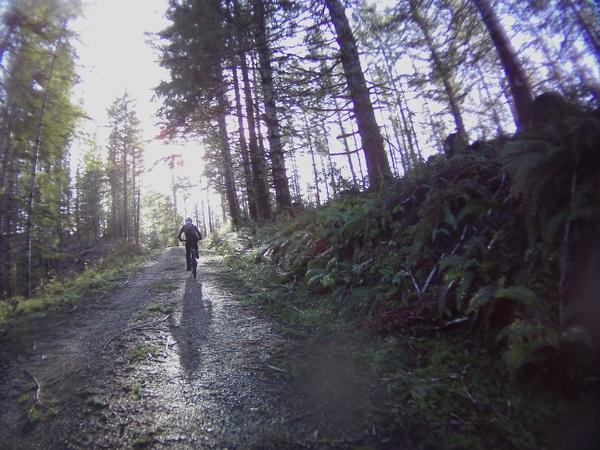Can you hear it? It’s the call of the road, the coo of single track, the cry of the unknown—just ahead, waiting for you. It’s time to start your gears turning to plan your biggest and best two-wheeled adventures yet. This year it’s all about the overnighter.
Whether you’re ramping up for the Oregon Outback, getting ready to tackle a trip out to the coast or hunching over maps and guide books to find your secret single track and gravel road adventure, we want to help you have the most care-free adventure possible this summer.
Get Your Bike into the Shop, Pronto
Unless you’re a pro mechanic, the beginning to any fine adventure is to make sure your most basic equipment is ready to go. Any good bike shop will give you a free estimate on any work your bike needs, so at least bring it in to see if there’s anything pressing that needs to be taken care of.
Make sure you hit the shop well in advance of your planned trip. Most shops are scheduling repairs 2- 3 weeks out this time of year and will continue to be that busy throughout the summer.
Also, if you need cables replaced there tends to be 100mi break-in period following the installation where the housing settles and the cables stretch—often leading to mushy braking or wonky shifting. While your bike shop is happy to make these post-replacement adjustments quickly and for free, they can’t make them if you’re in the middle of your adventure—so plan ahead!
Up Your Rubber Game
The best defense against the most common bike repair—flats—is a good, quality tire. This simple investment will pay itself off in spades when you make it through your whole trip without one mechanical.
Heading to Eastern Oregon? Maybe you need to add tire liners or slime tubes to deal with the inevitable goat head thorns that will strike.
Going out on your first gravel adventure? If you’re on a road bike, consider upgrading to the widest tire your bike can handle. Many tire manufacturers are also creating tires specifically for riding those quiet, gravel farm roads with reinforced side walls so you won’t end up gouging the sidewall of your tire and ending your day in the middle of nowhere.
Going on your first bike packing or touring overnighter? Touring specific tires add Kevlar for puncture resistance.
Of course, it never hurts to spend a little time on the internet looking over what type of tires other people have used on adventures similar to yours to get the best idea of what will work. As always, your local shop can also make some great recommendations.
Check Your Baggage
There are a ton of options for ways to carry things on your bike—from a simple rack and milk crate, a trailer or frame bags, what you’ll need will depend mostly on how you’re getting there.
If you’re planning on riding pavement, attaching bags to a rack system works great. Racks are inexpensive and give you lots of options for attaching bags and gear.
For gravel or singletrack overnights, racks might work but depending on the terrain, you run the risk of the bolts that attach the rack to the bike coming loose from vibration and stressing the attachment points on your bike’s frame. You can choose to risk it and check your bolts regularly throughout each riding day (as well as carry extra bolts just in case).
Frame and large seat and handlebar bags that keep the weight closer to the center of your bike are another popular option when heading off-road. Because the bags attach with straps or Velcro, you can cinch them down tightly to the bike making the ride extremely stable. If you’re way-off in unexplored wilderness, it’s also easy to portage your bike.
Speaking of which, trailers are always an option as well. They seem to work especially well for pavement. Off-road, the chances are good that at some point you might come across a fallen log or stream crossing that would force you to make two trips (one for your bike, the other for your trailer) to get through.

